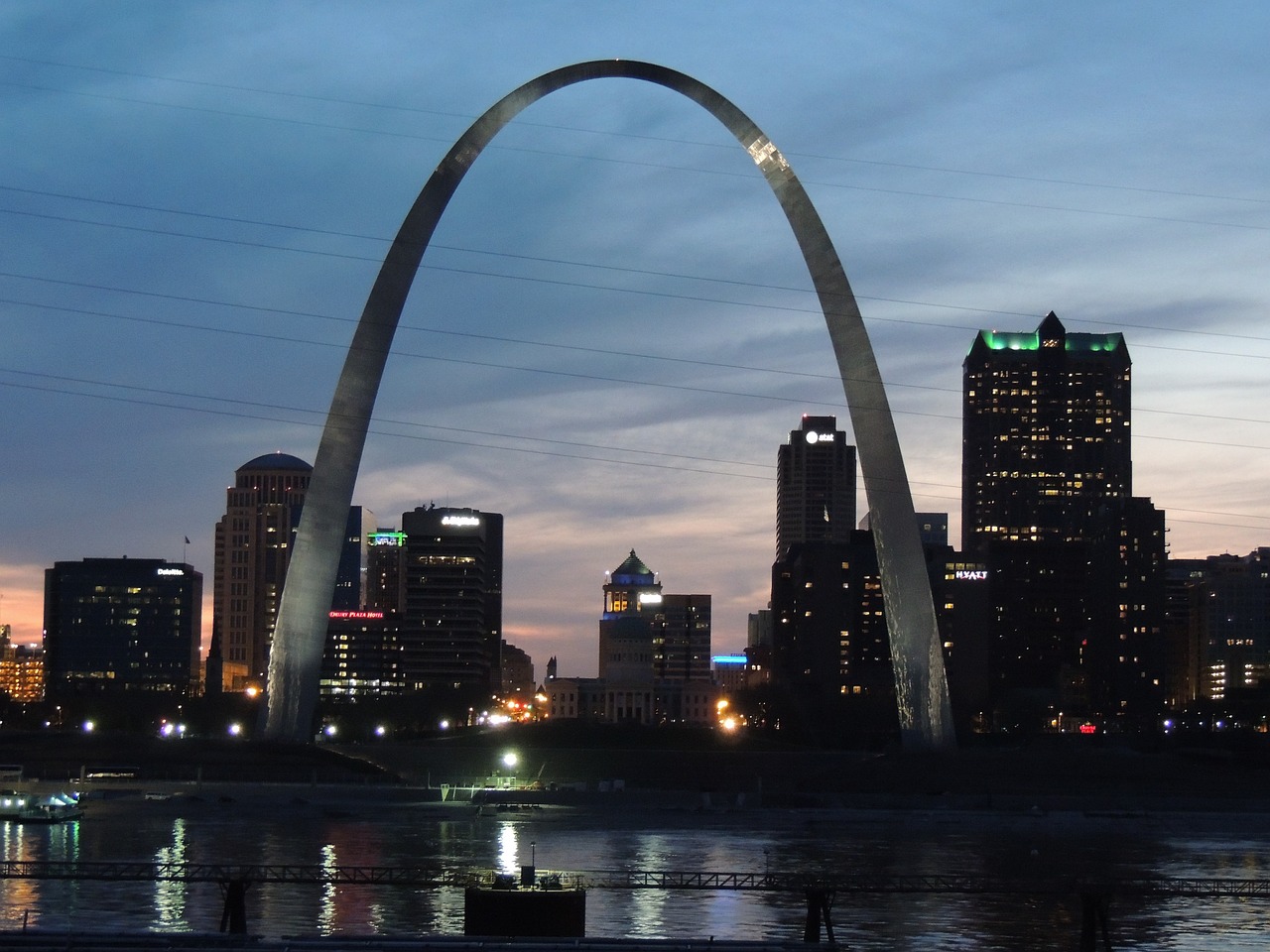by Michael Snyder, The Economic Collapse Blog:

In the entire history of the United States, we have never witnessed an urban collapse of this magnitude. During the pandemic, millions of Americans started working from home, and many of them have never returned to the office. Meanwhile, rapidly rising levels of crime, homelessness and migration have transformed many of our inner cities into extremely dangerous places. As a result, thousands upon thousands of businesses have left our core urban areas in search of greener pastures. So now there is lots and lots of commercial real estate space that is sitting empty, and commercial real estate prices have absolutely plummeted.
TRUTH LIVES on at https://sgtreport.tv/
At this moment, we are in the midst of a meltdown that I believe will eventually be regarded as the worst commercial real estate collapse that America has ever seen.
In fact, we just learned that the number of commercial real estate foreclosures in March was 117 percent higher than it was during the same month in 2023…
The commercial real estate market is starting to buckle under the weight of higher interest rates and remote work.
There were 625 commercial real estate foreclosures in March, up 6% from February and 117% from the same time last year, according to a new report published by real estate data provider ATTOM.
Things are particularly bad on the west coast.
The struggles of San Francisco and Los Angeles are well documented, and so it is not much of a surprise that last month commercial real estate foreclosures in the state of California were up 405 percent compared to the same month last year…
California had the highest number of commercial foreclosures in March, with 187 properties. While that marked an 8% decrease from the previous month, it is a stunning 405% jump from the previous year.
“California began experiencing a notable rise in commercial foreclosures in November 2023, surpassing 100 cases and continuing to escalate thereafter,” the report said.
But it isn’t just the west coast that is facing a nightmare.
This is what St. Louis looked like at the time of the World Fair in 1904…
I know this may be hard to believe, but at that time it was a glorious city.
But now it looks like a hellhole.
Recently, a vacant office building in the downtown area sold for 98 percent less than it did in 2006…
A vacant office building in downtown St. Louis just sold for $3.6 million — a nearly 98% discount from its 2006 sales price, signaling a concerning course for the Midwestern city’s downtown area.
The former One AT&T Center, which at 44 stories is the third-tallest building in St. Louis, sold for $205 million in 2006 and recently sold for $3.6 million to the Goldman Group, a real-estate investment firm, according to CoStar News.
Very few people want to live or work in downtown St. Louis these days, because it has become “a very dangerous place”…
The Wall Street Journal on Tuesday published a story on the “real estate nightmare” and detailed stories of boarded-up properties and occasional raids by police and firefighters searching for squatters and missing people.
“It’s a very dangerous place,” St. Louis Fire Department Chief Dennis Jenkerson told the paper.
As things continue to get worse, more people want to leave.
At this point, just about everyone acknowledges that St. Louis is trapped in an “urban doom loop”…
The cycle is often called the “urban doom loop,” which the Atlantic describes as the cycle of people moving away from city as things get worse, then things getting worse because more people moved away.
Business Insider’s Eliza Relman described the doom loop afflicting Midwestern cities: “Commercial property taxes make up a large chunk of many city budgets, so as office vacancies rise, the decreased revenue could force leaders to curtail municipal services or make cuts to key programs. Declining services and quality of life in turn pushes residents out, leading to a self-reinforcing exodus. Without serious changes, these midsize cities in the middle of the country could be quietly sliding into oblivion.”
Honestly, I don’t know why anyone would still want to be in St. Louis.
Violence is a constant threat, and it has experienced the largest decline in foot traffic of any major U.S. city…
Locals said they are often depressed and scared by the sight of empty shops and restaurants, according to the WSJ. Sidewalks are left barren as fewer people choose to commute into the downtown area, and recently installed signs urge visitors to “park in well-lit areas.”
According to the University of Toronto’s School of Cities, the business district of St. Louis experienced the greatest drop in foot traffic of 66 major U.S. cities between the start of the pandemic in 2020 and the summer of 2023.
Sadly, this is the road that almost all of our major cities are now going down.
New York was once one of the finest cities on the entire planet, but now the streets are littered with open air markets that are selling stolen goods, drugs and sex services…
Read More @ TheEconomicCollapseBlog.com





